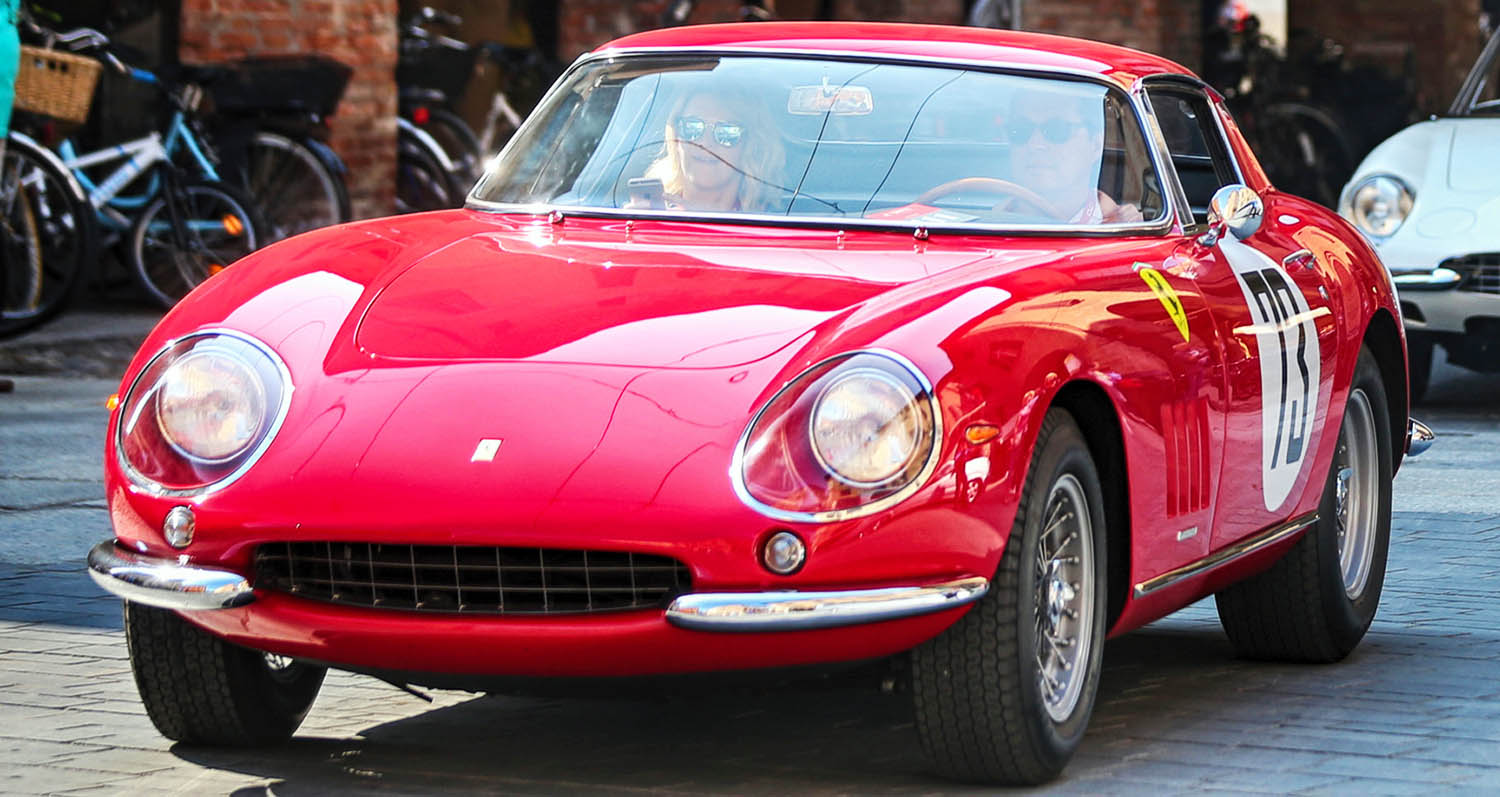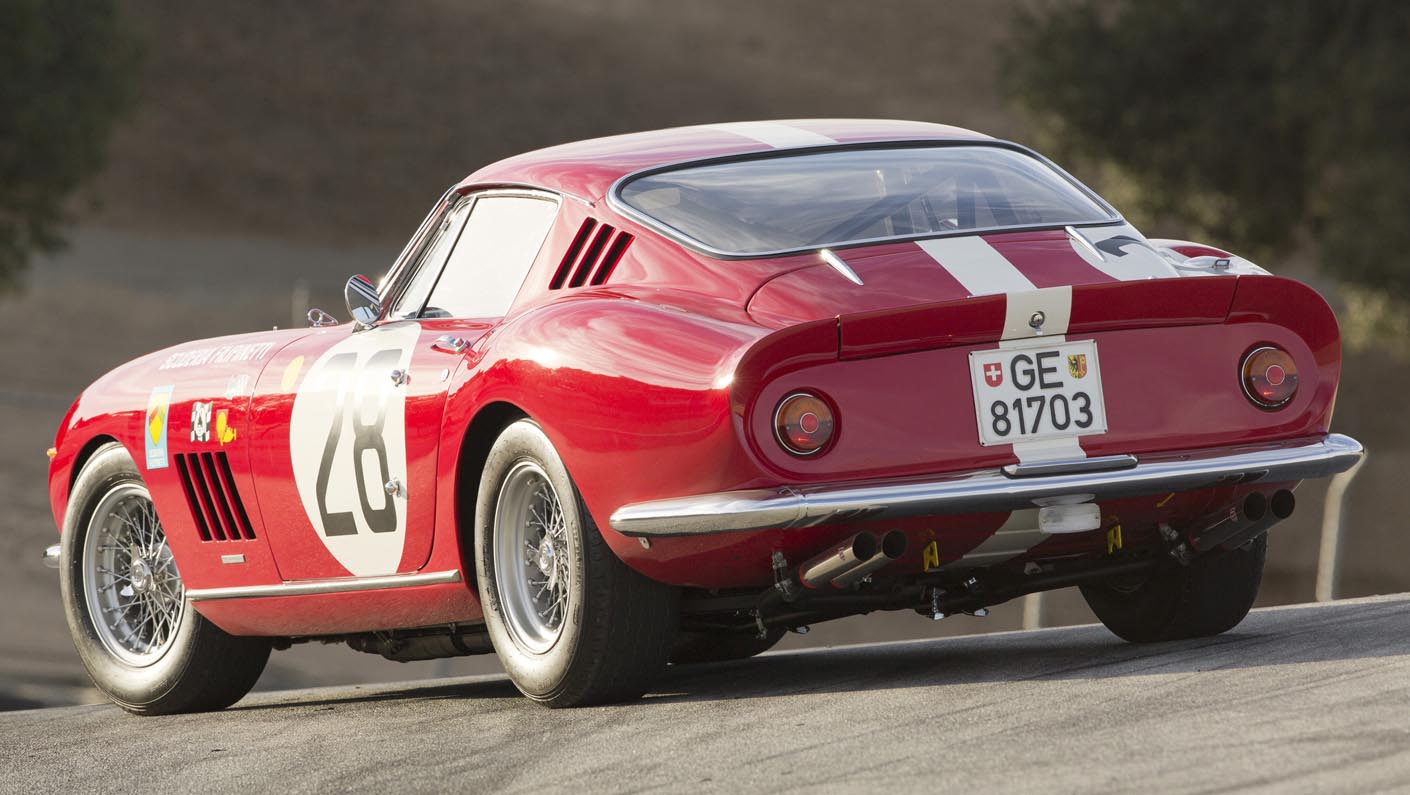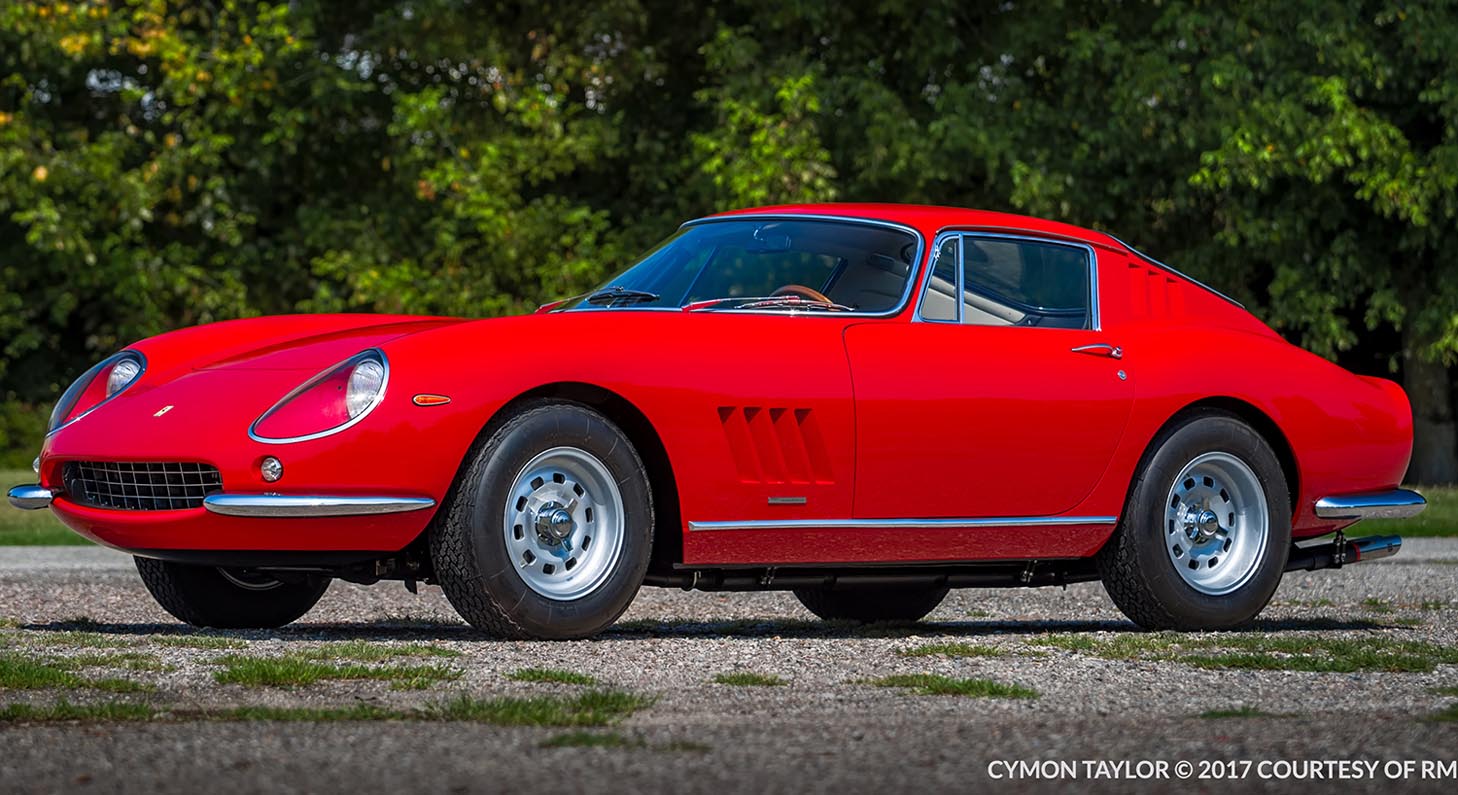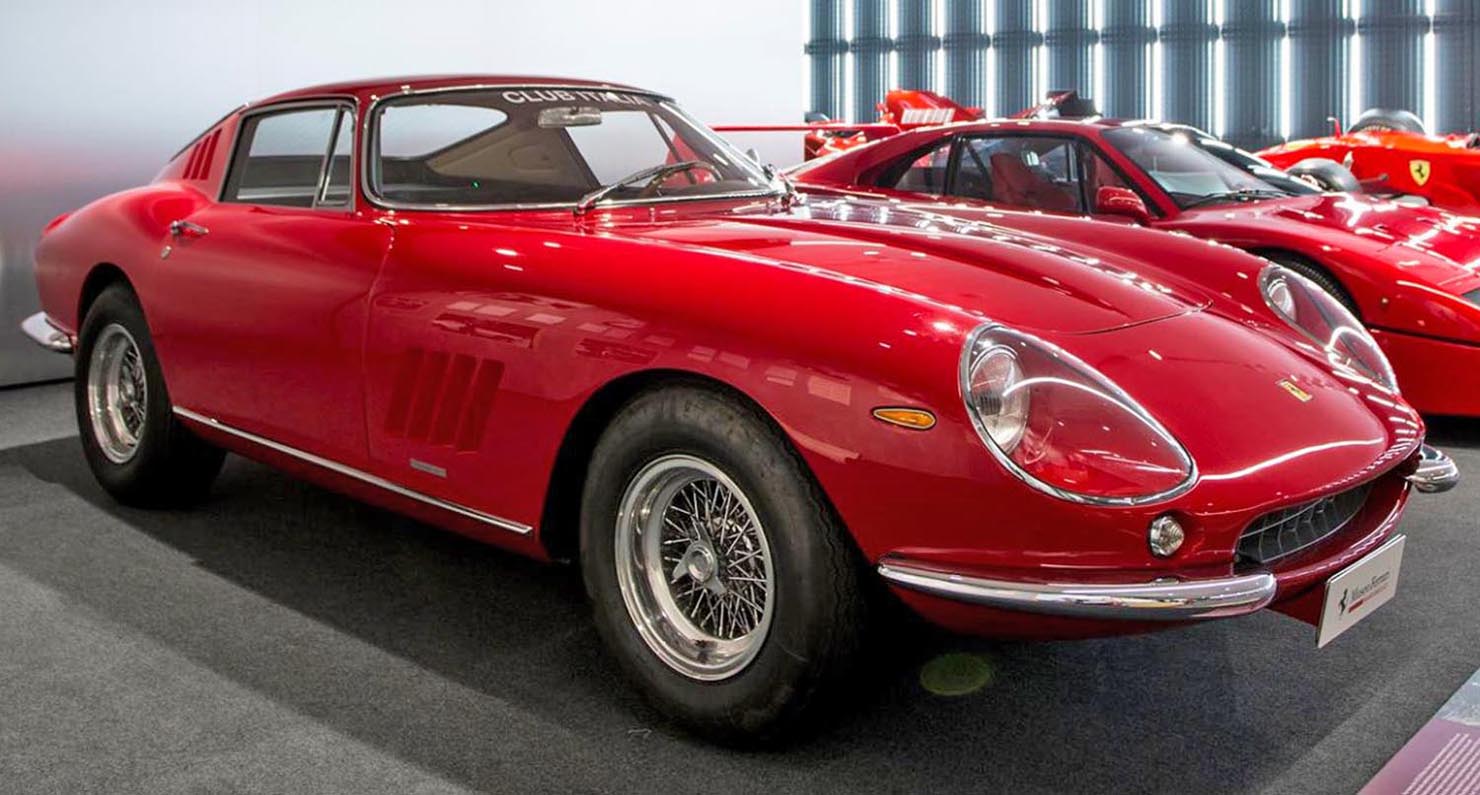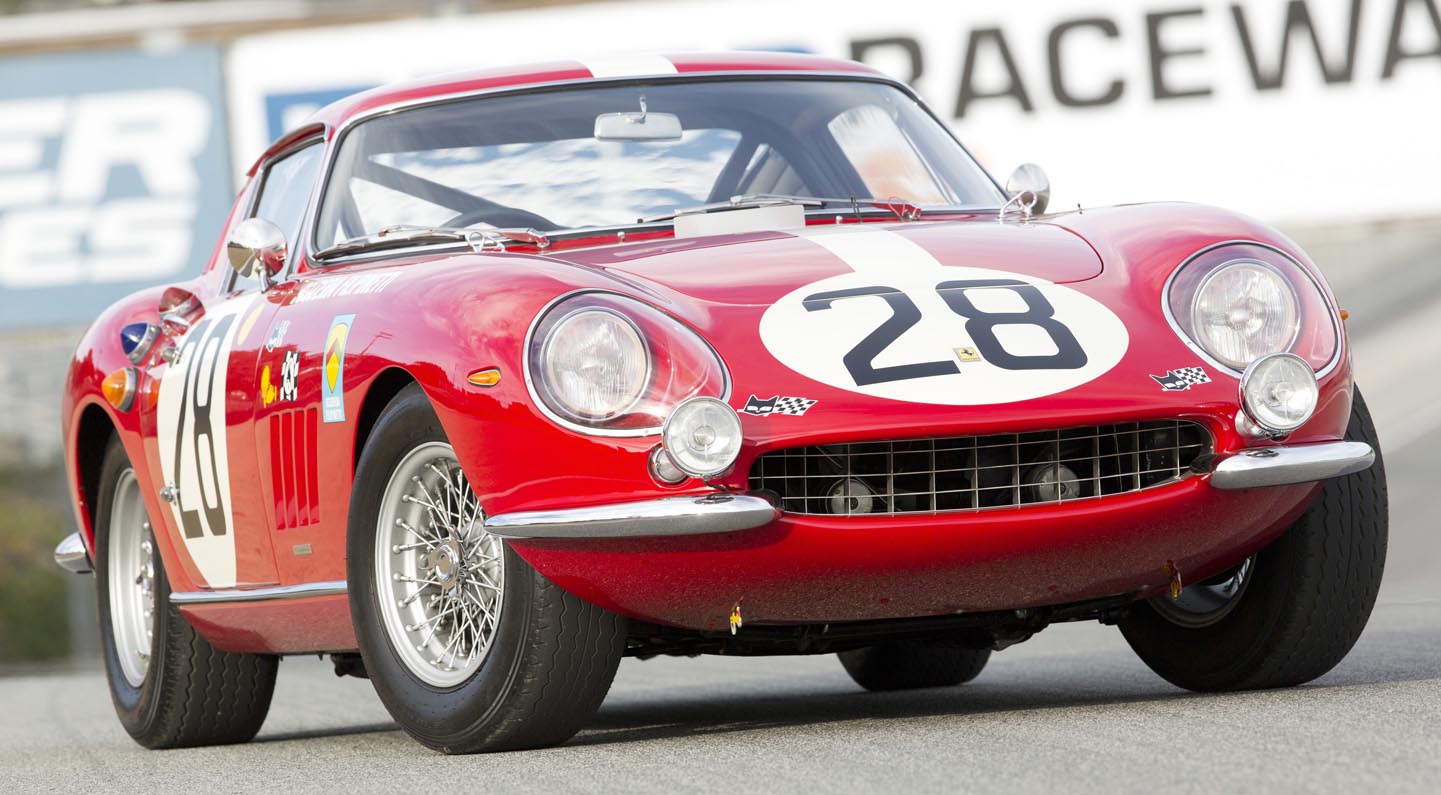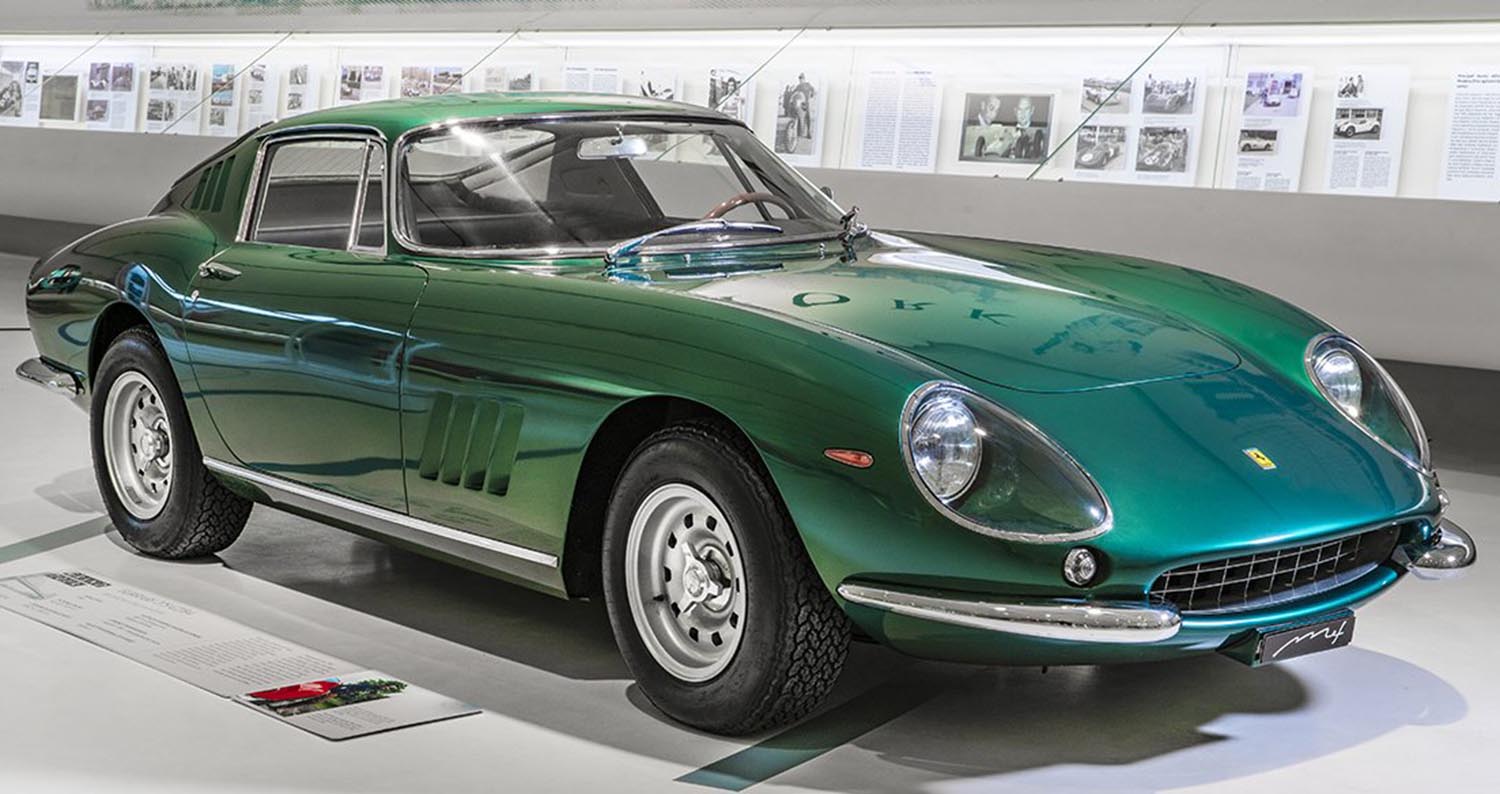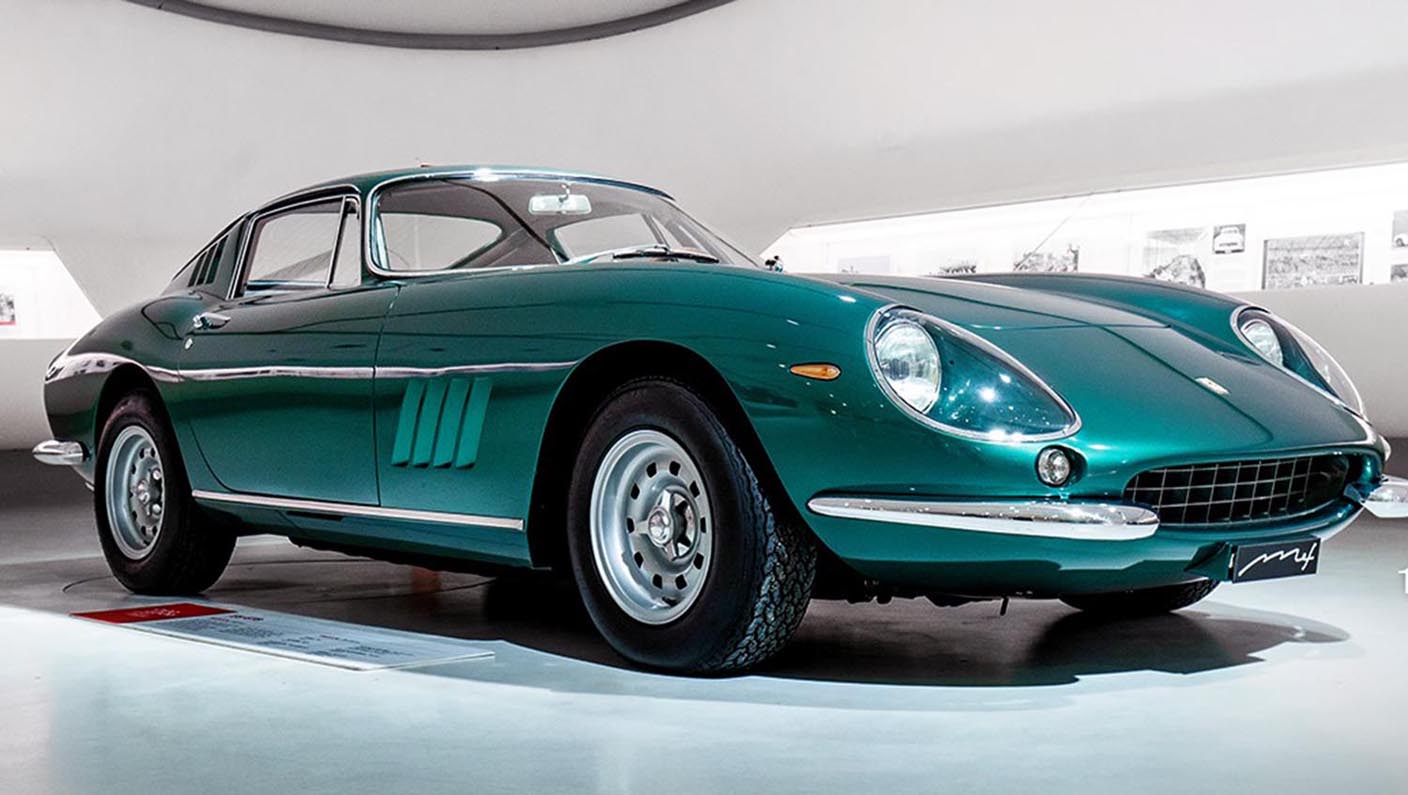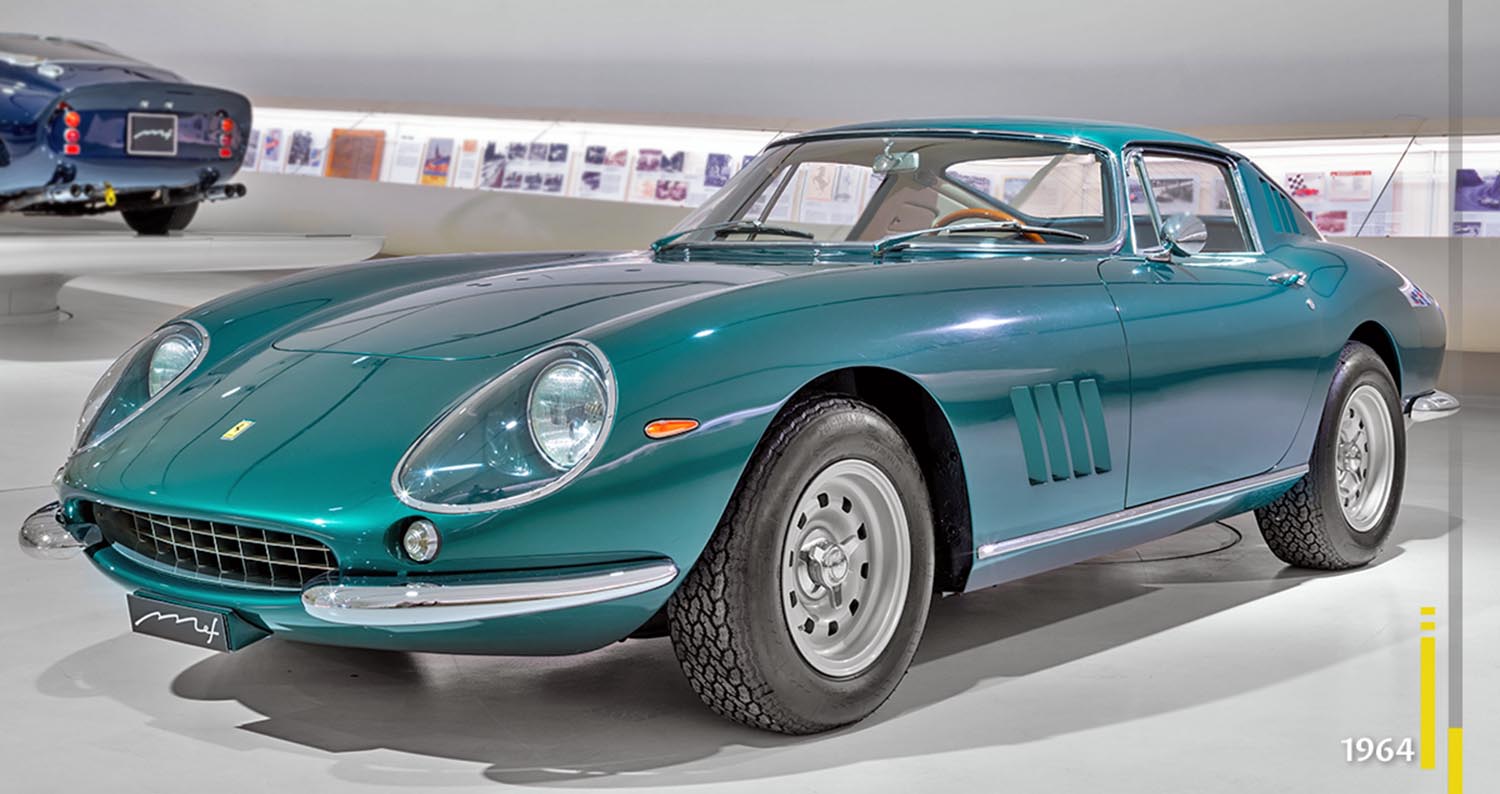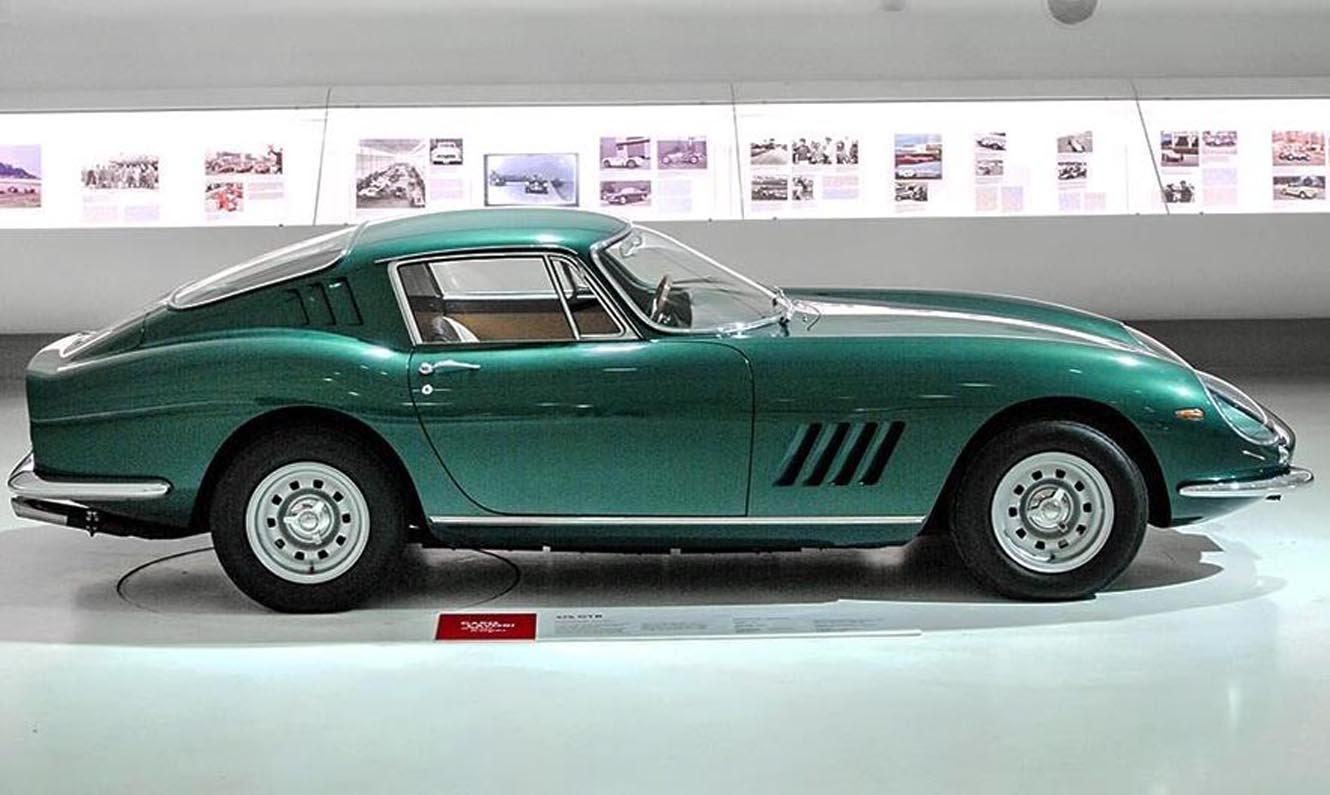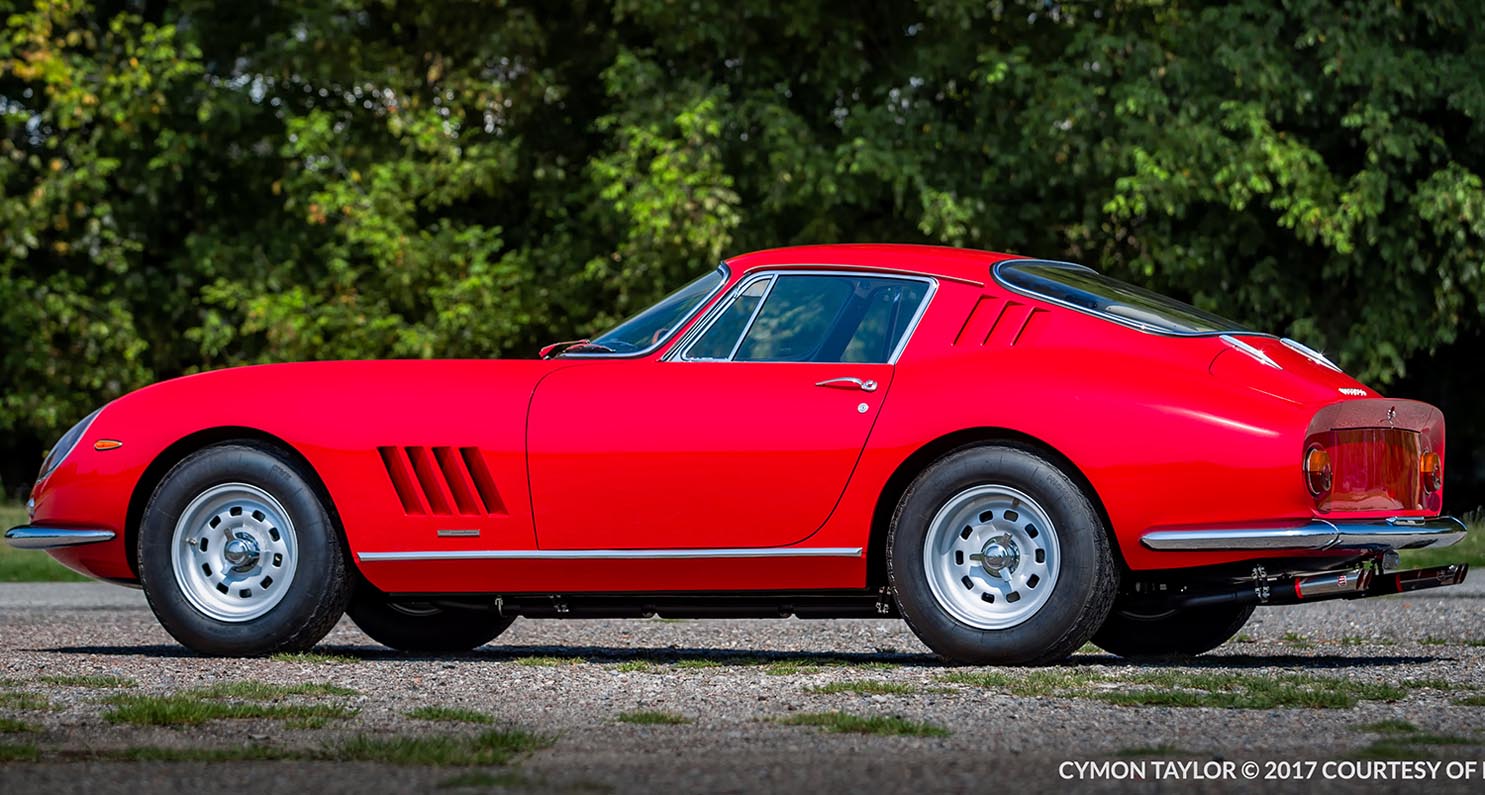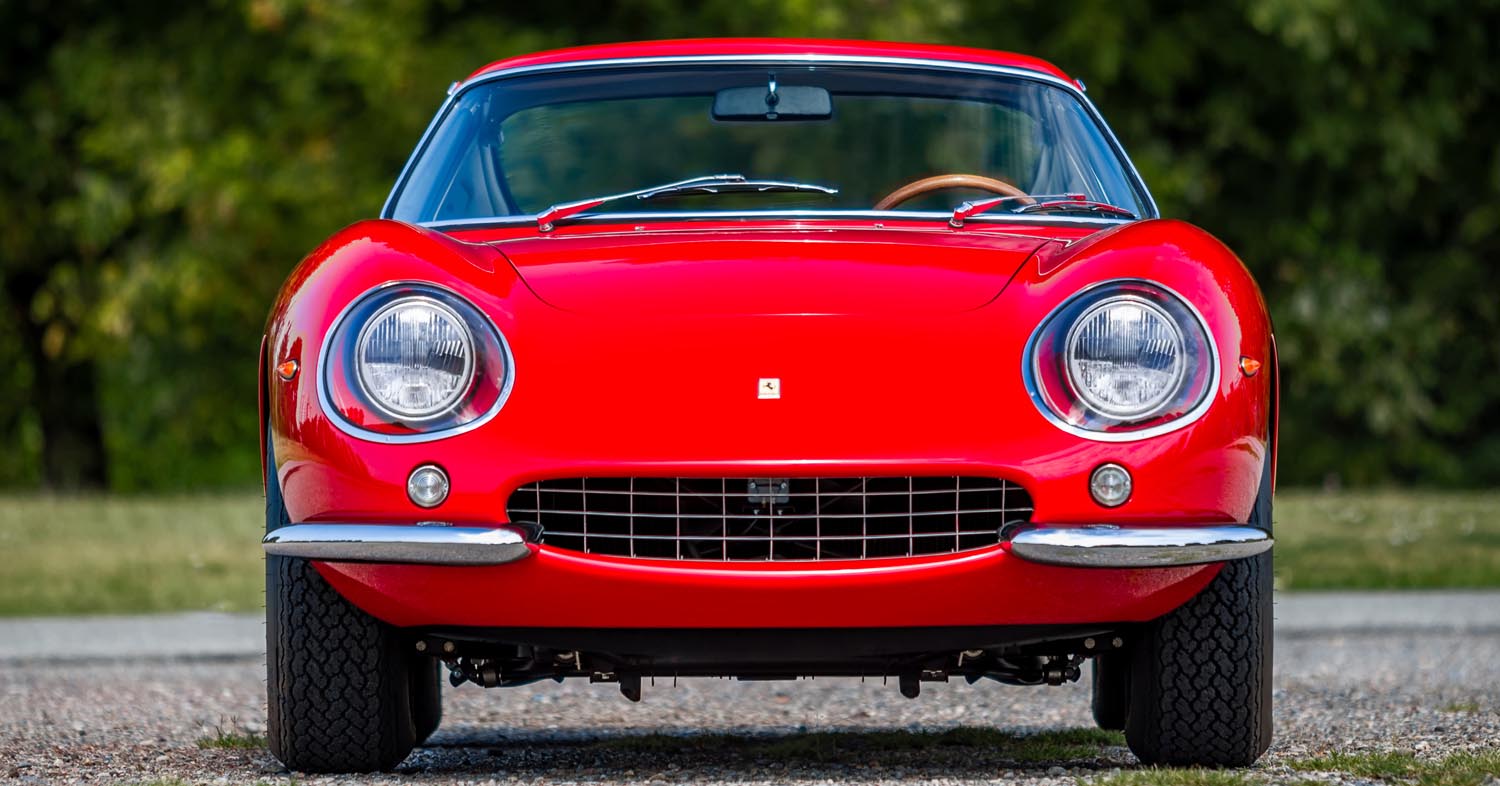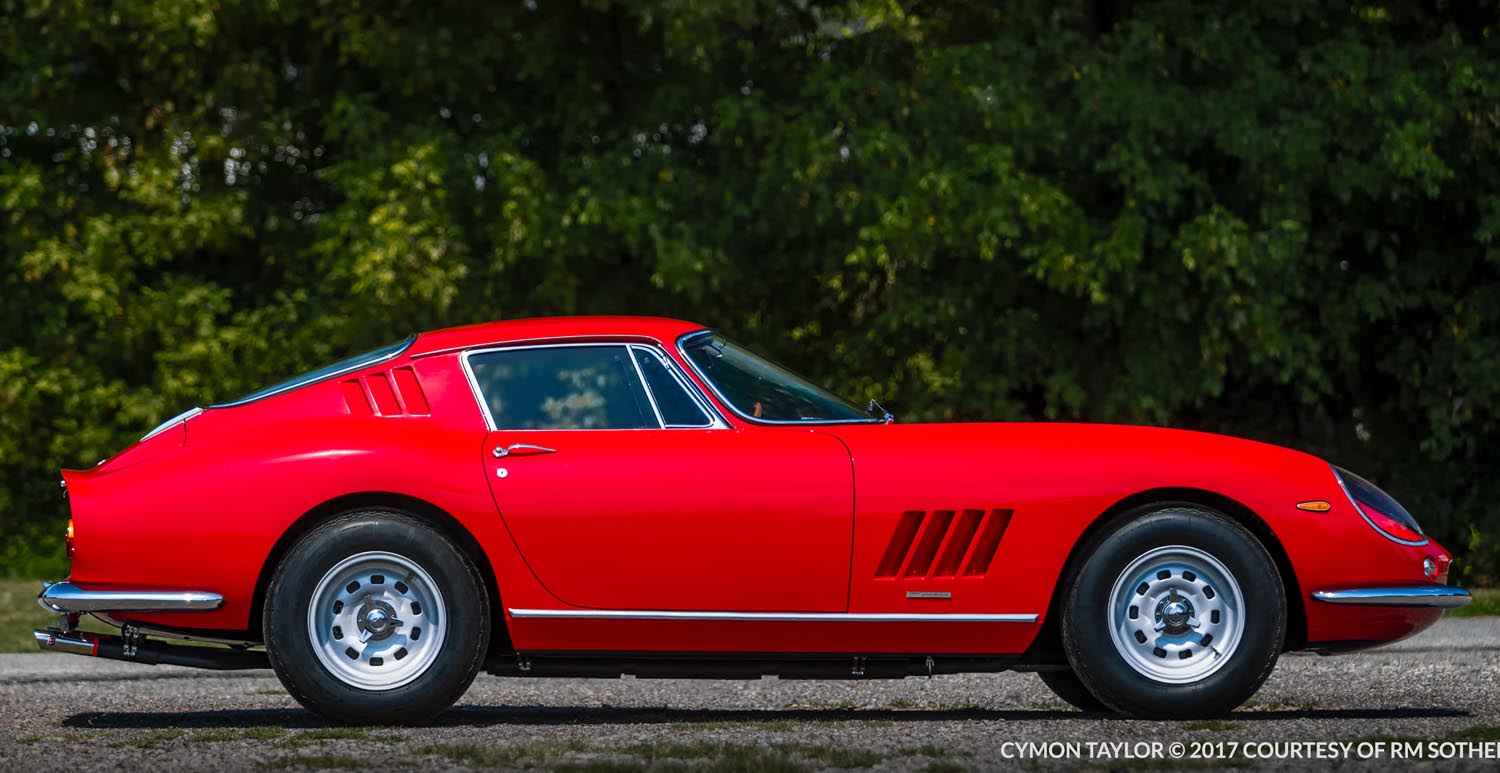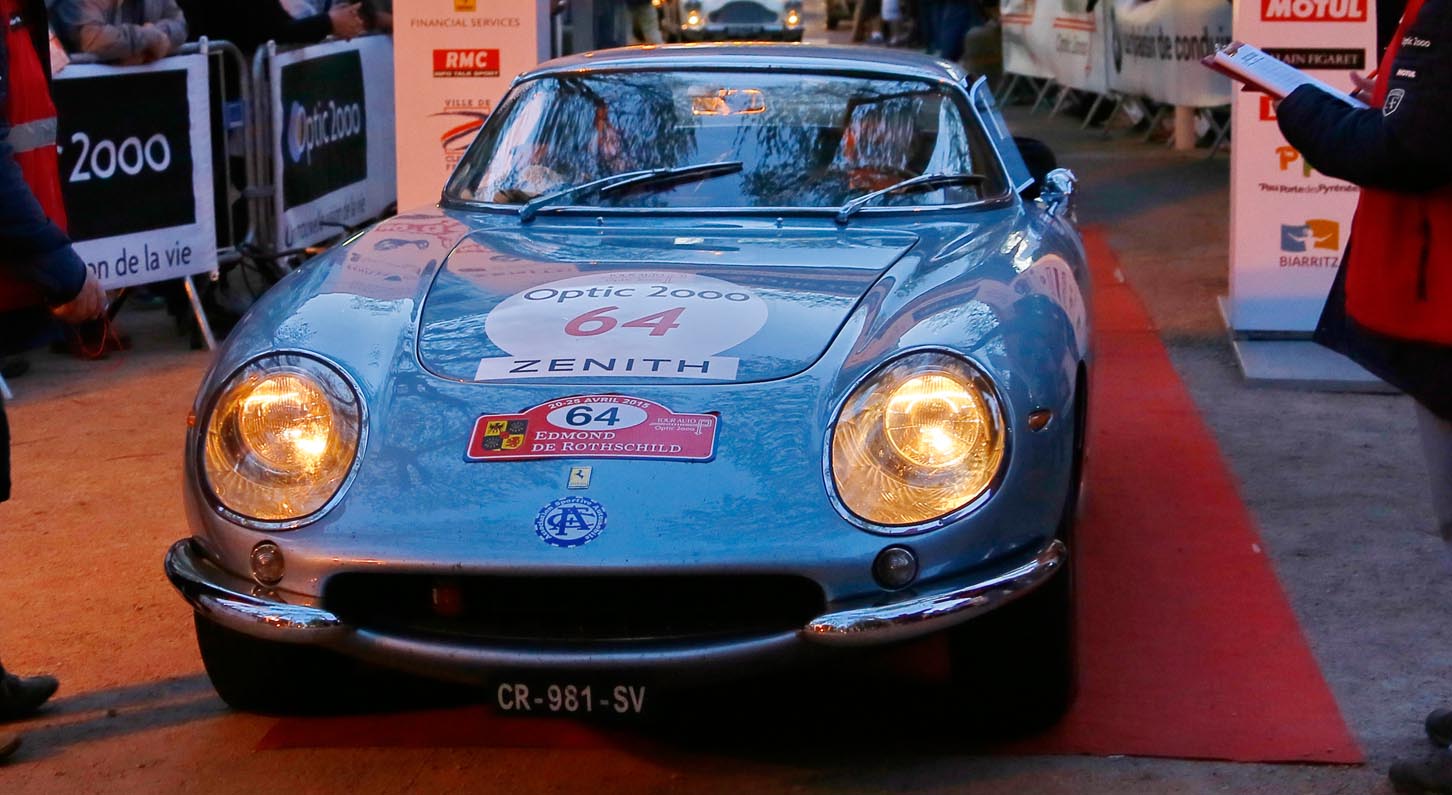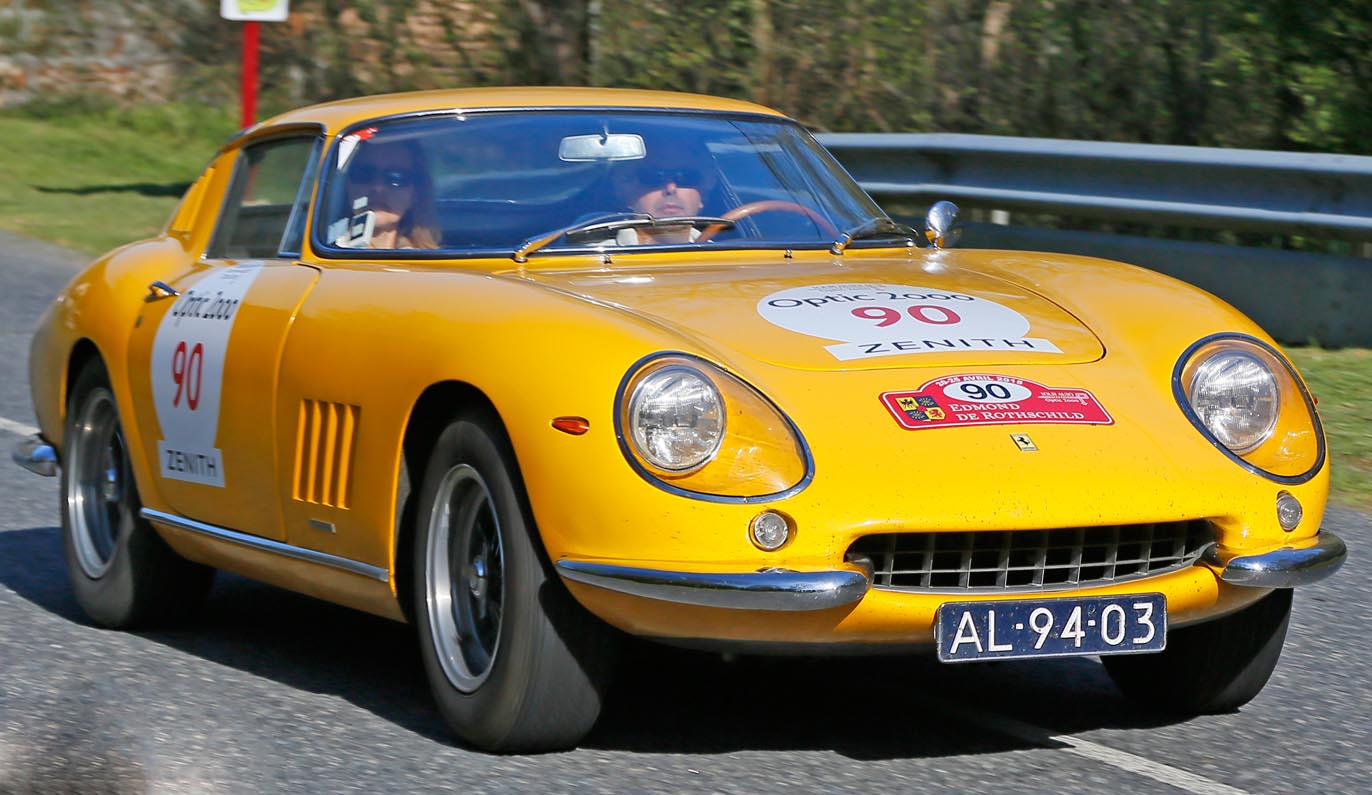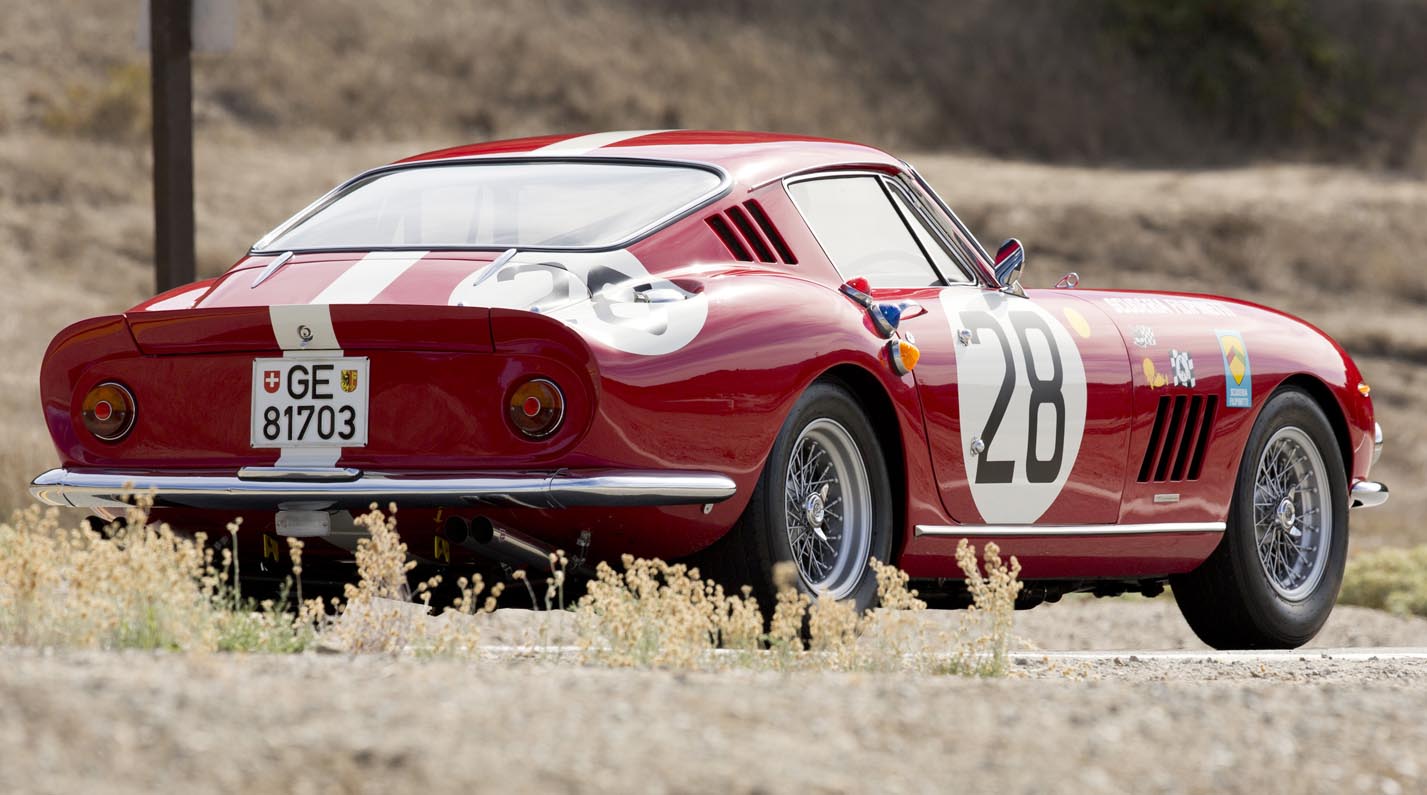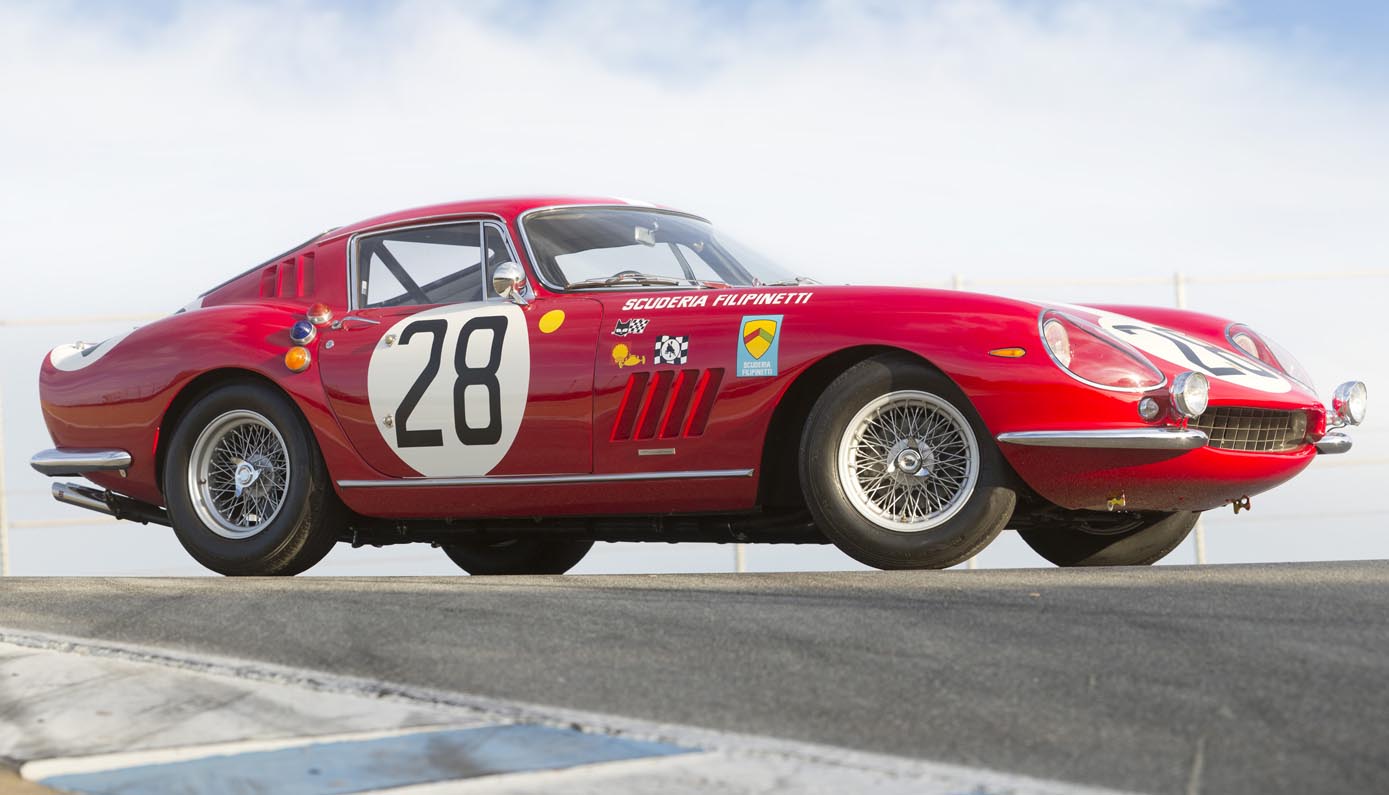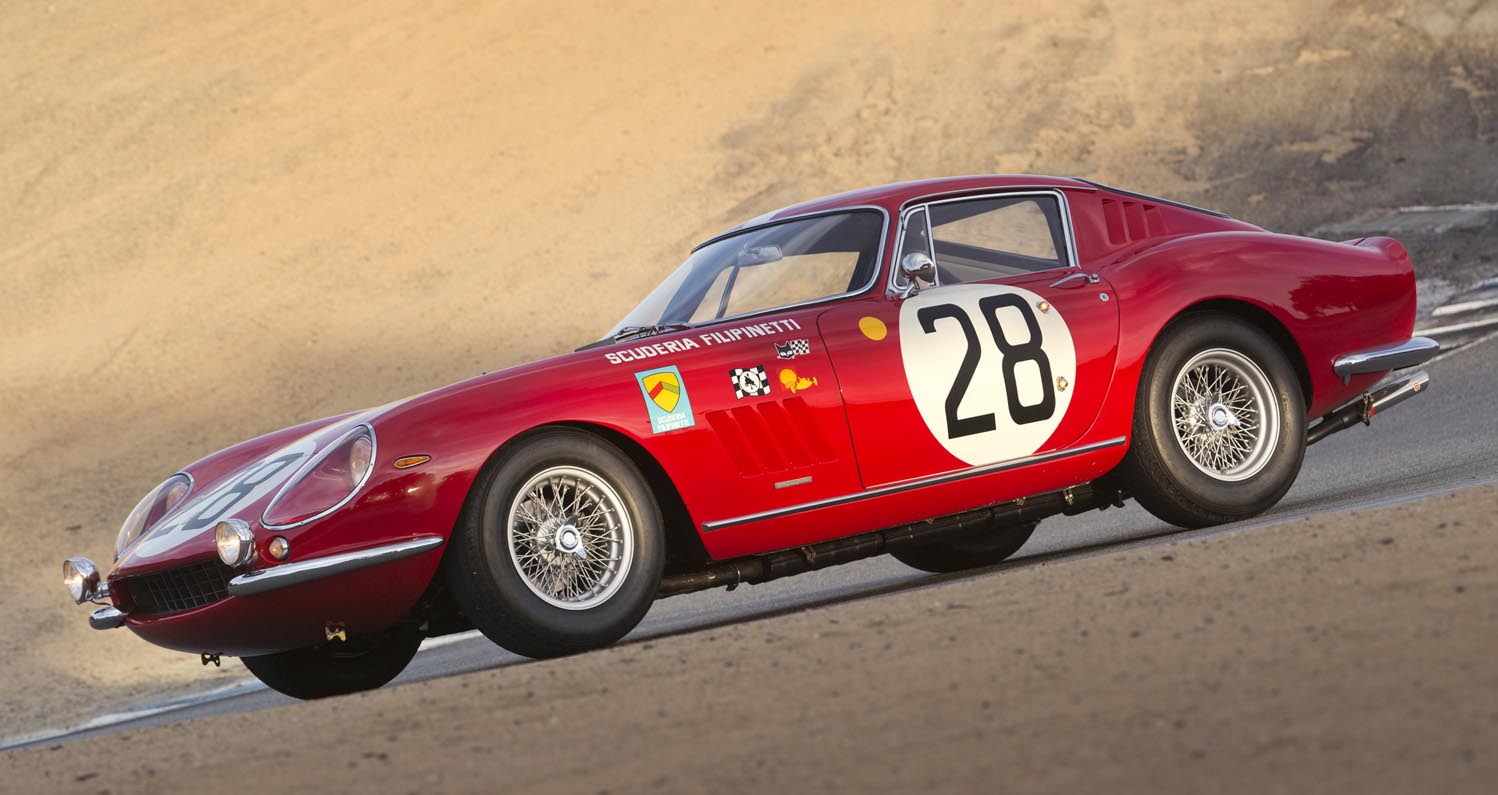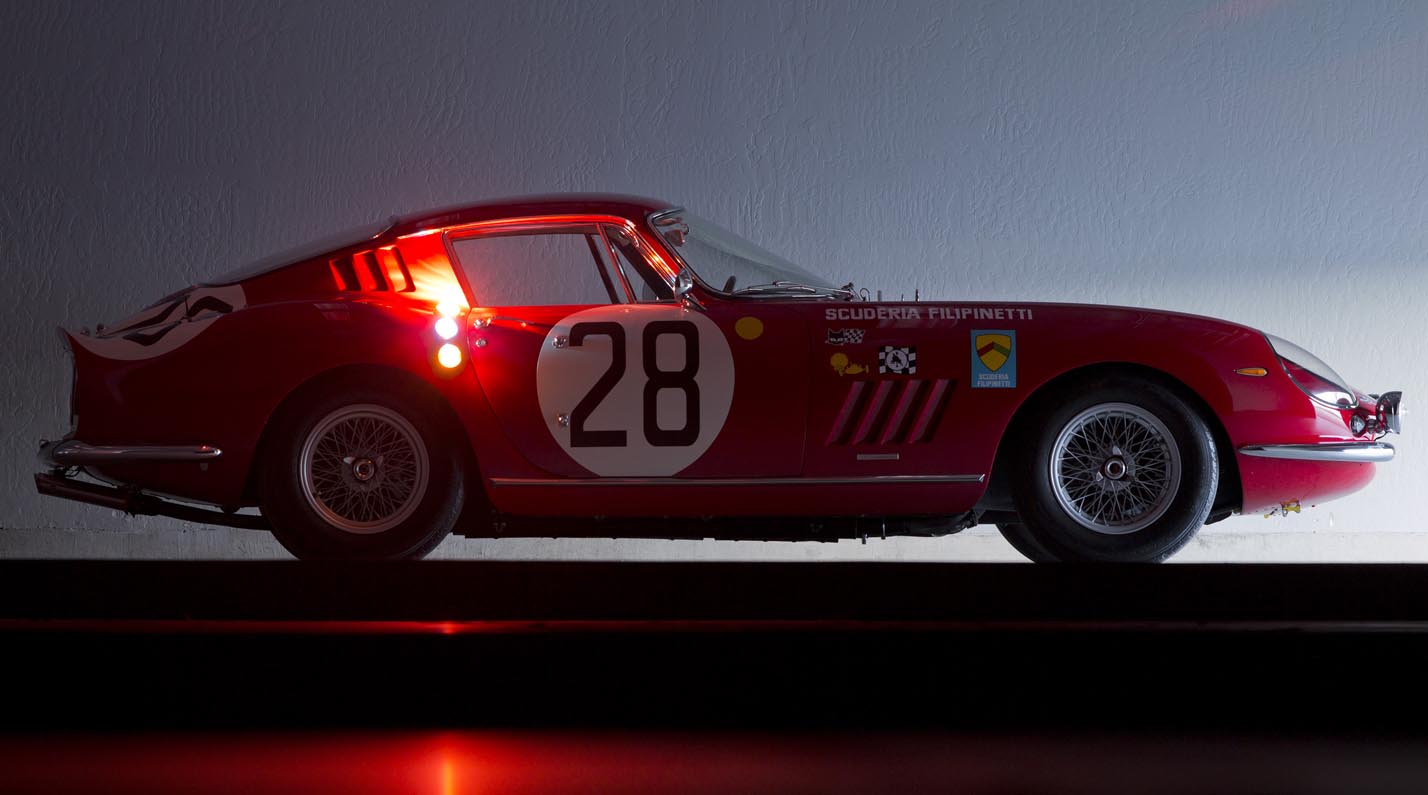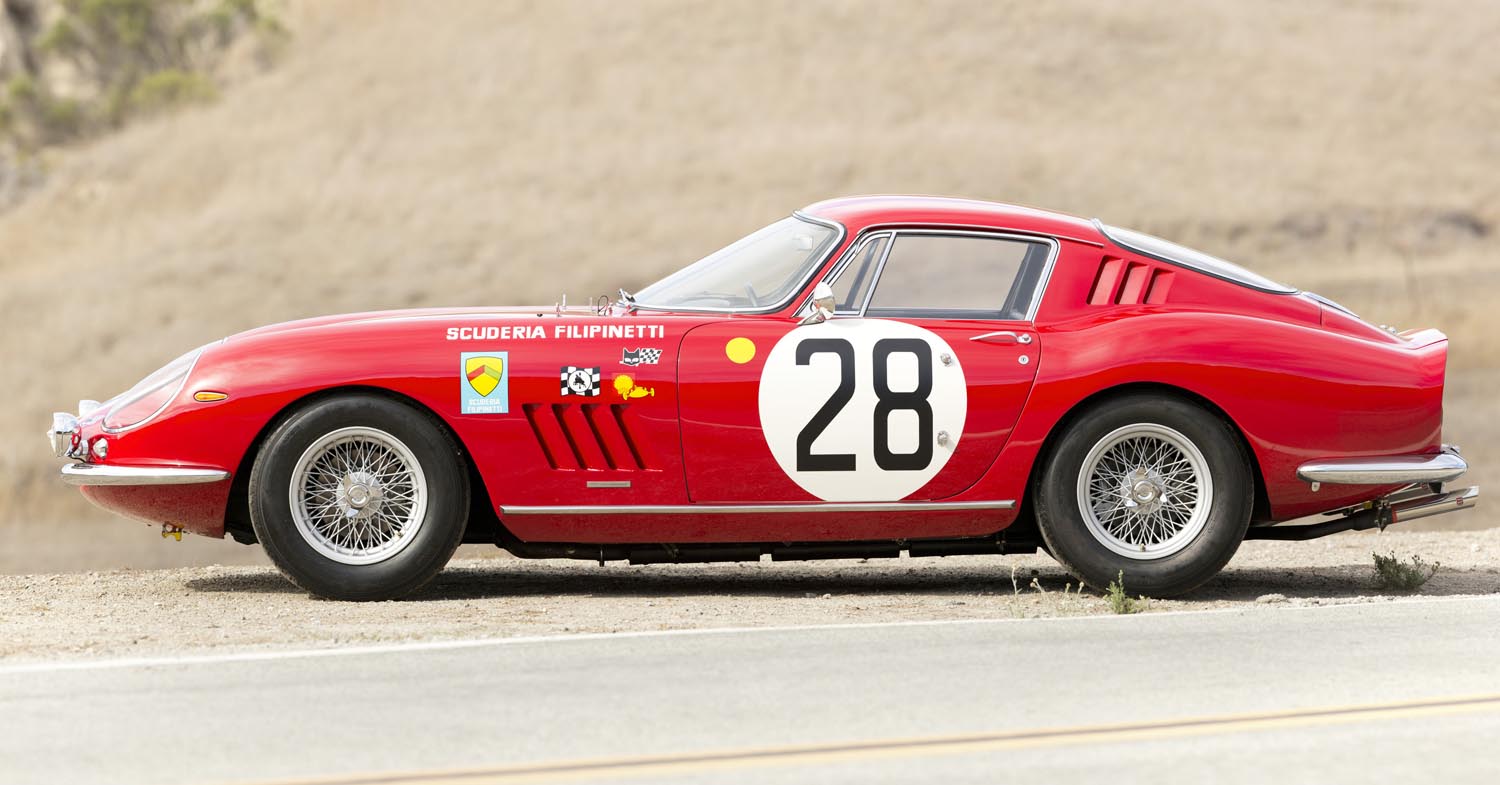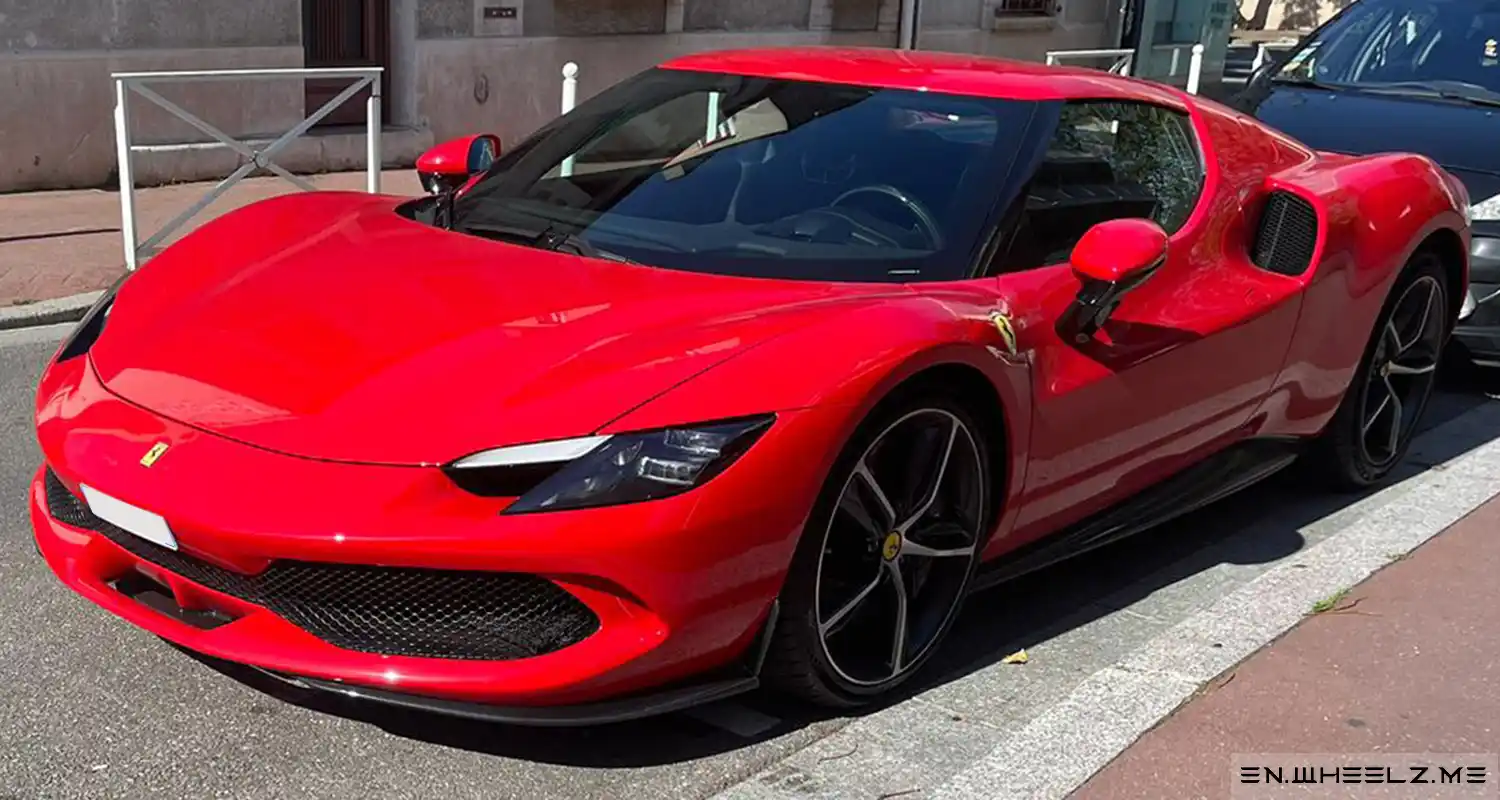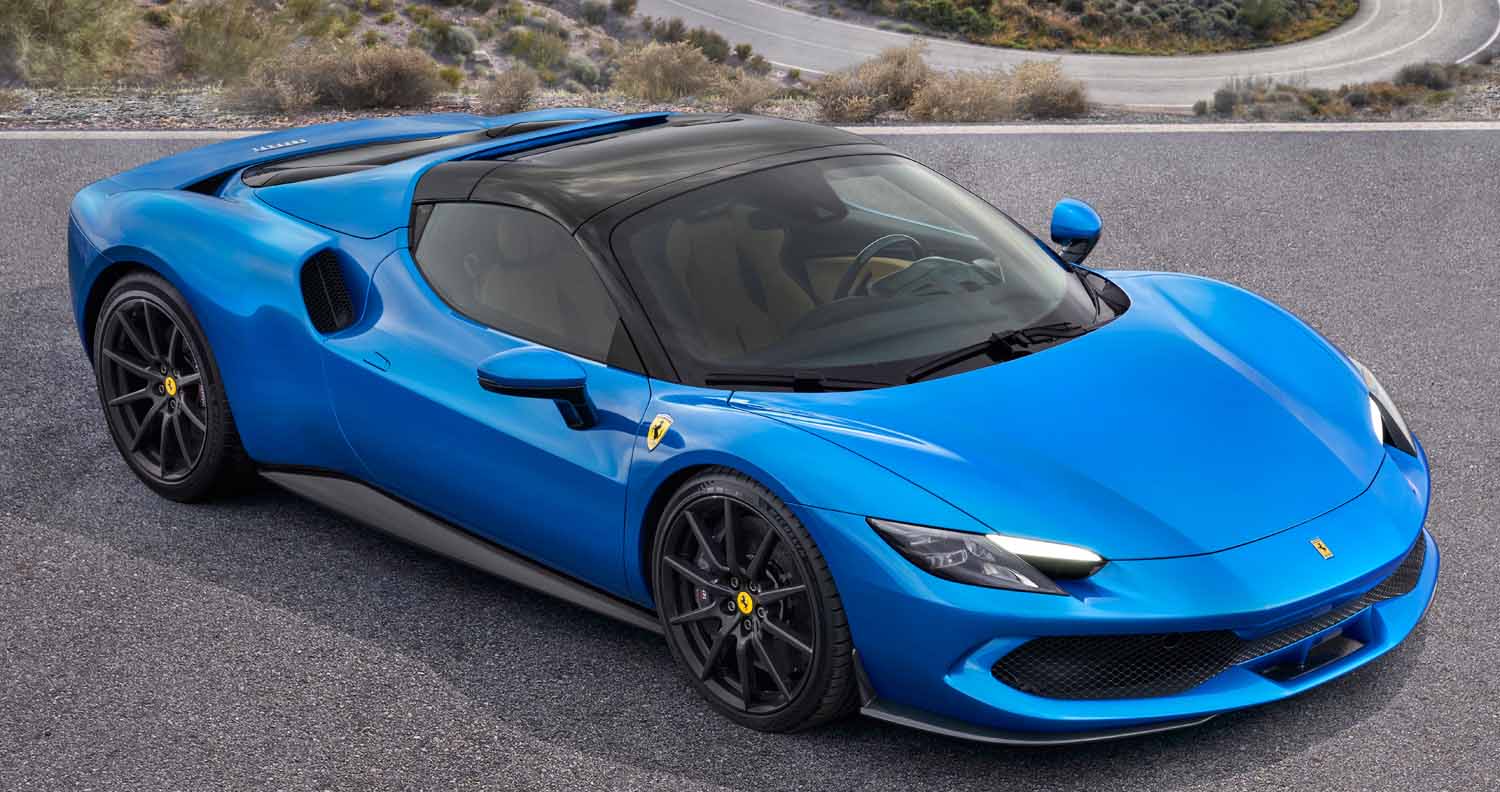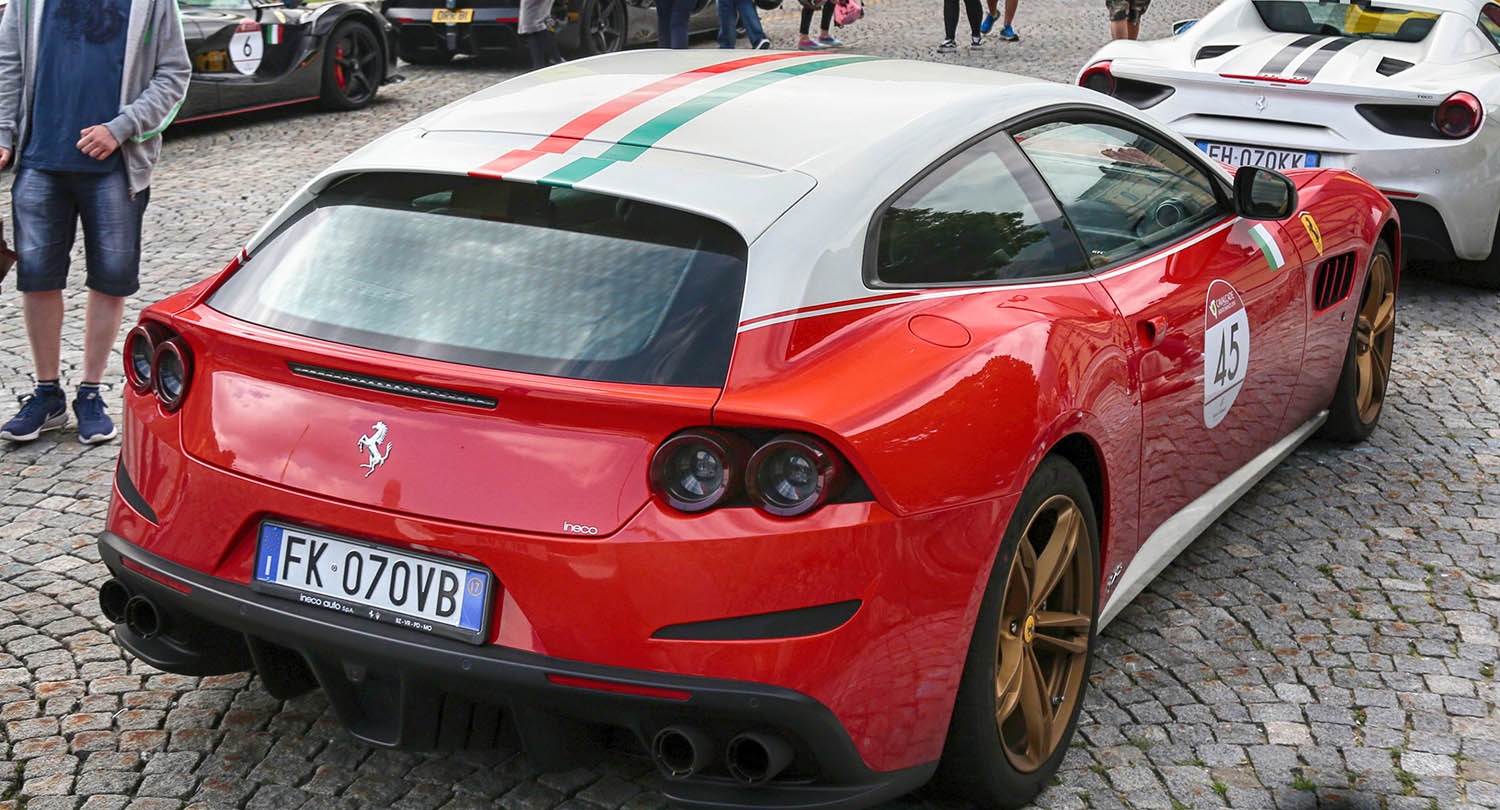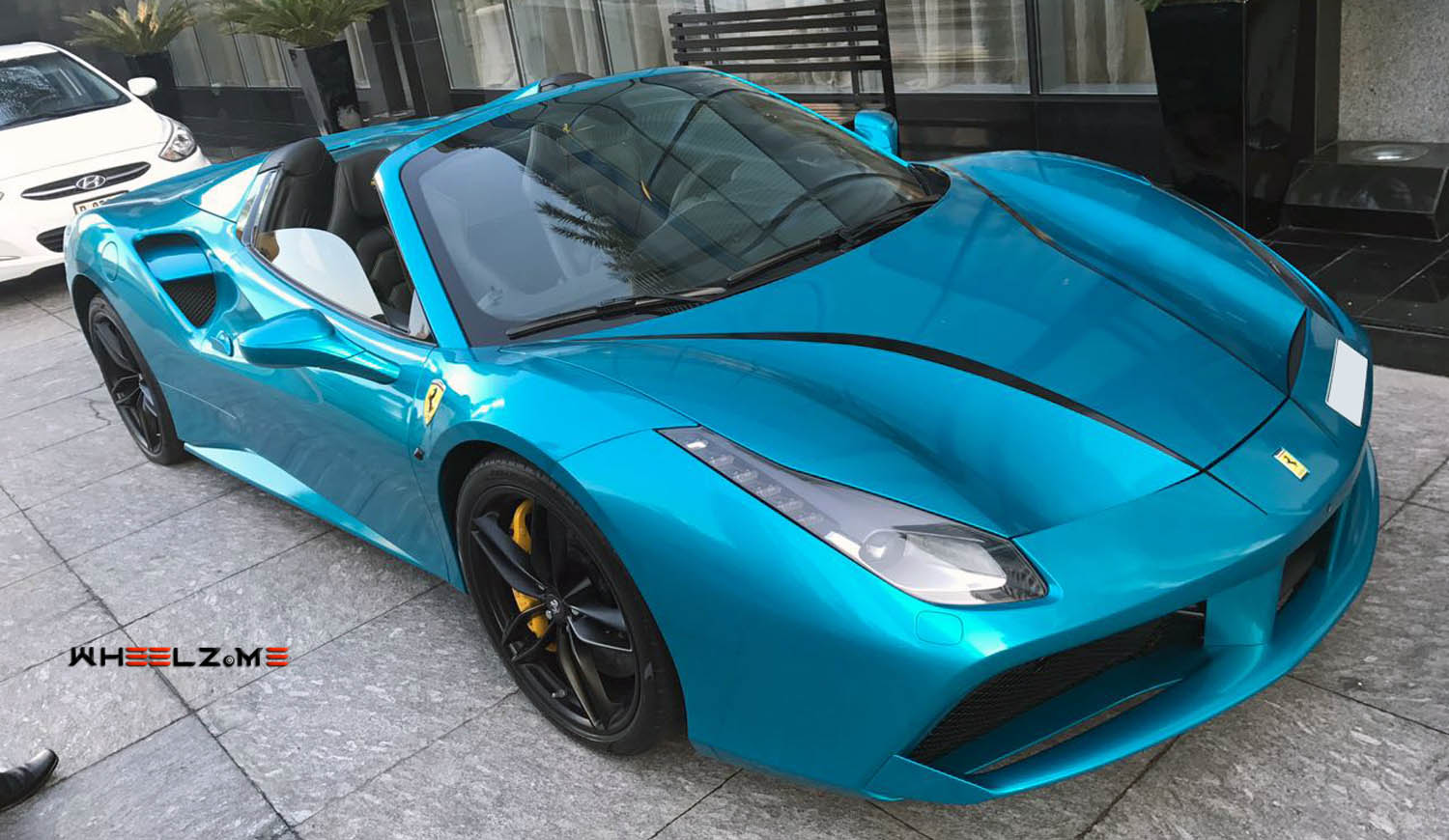
The Ferrari 275 V12 grand tourer represents a pivotal series. This iconic range of automobiles produced by Ferrari between 1964 and 1968. These were front-engined V12-powered grand touring vehicles. They featured two-seater coupé and spider bodies. Pininfarina designed the 275 coupé and spider bodies. Scaglietti designed the exclusive 275 GTS/4 NART Spyder. Only ten examples of this special model were ever made.
An Automotive Landmark
The Ferrari 275 GTB replaced the 250 GT Lusso. Its debut was at the 1964 Paris Salon. This model marked two significant landmarks. They were crucial in Ferrari’s road car production history. For the first time, a combined gearbox and differential unit was used. This came in a transaxle assembly. Independent rear suspension was also provided. These innovations were well-proven. The company gained experience in its competition cars. This technology filtered down to road models. This showcases how racing improves the breed.
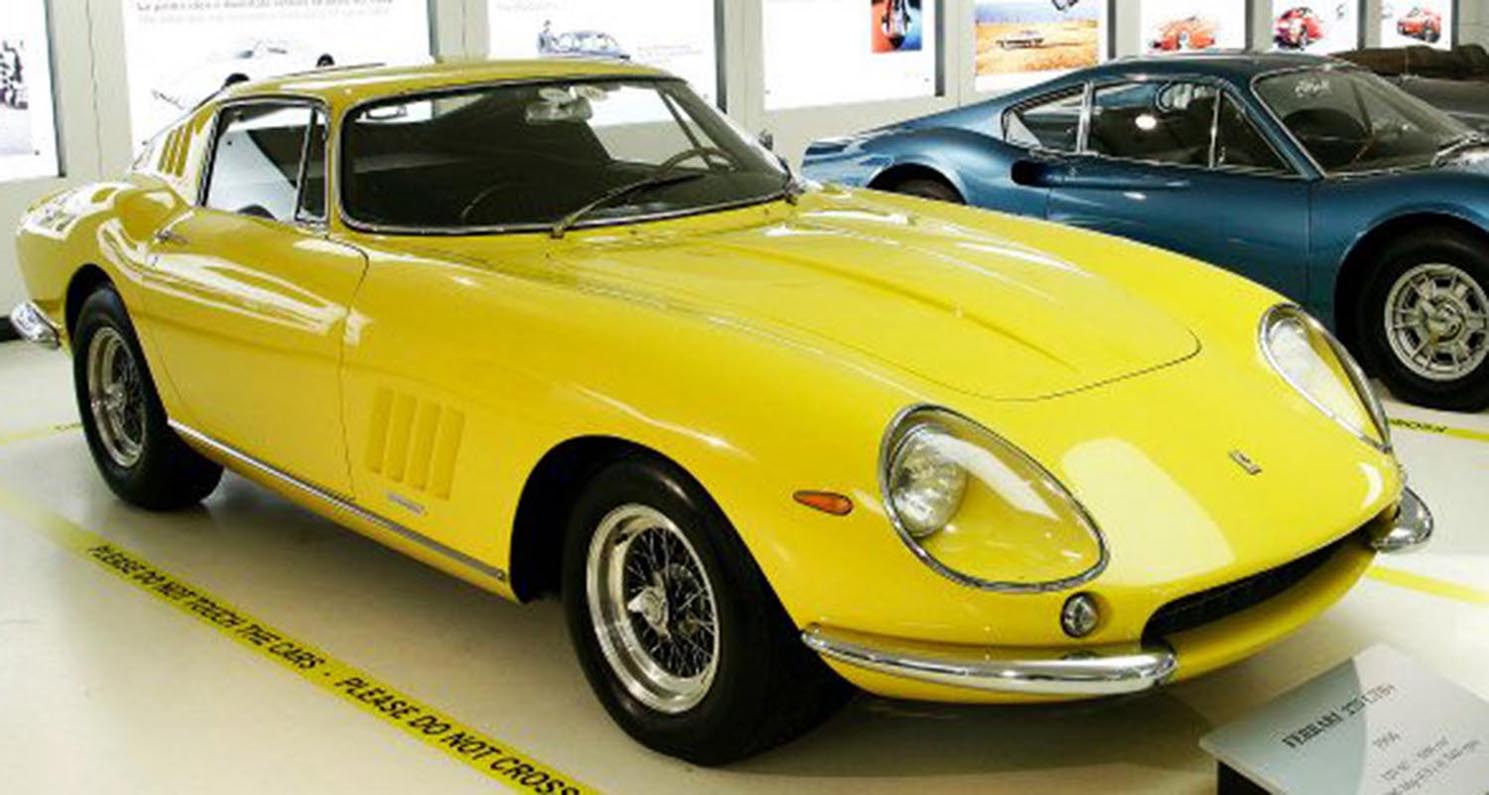
Evolution of Design
The 275 GTB presented a more aggressive appearance. It superseded its predecessor in visual impact. It featured a larger radiator opening. This had an egg crate pattern aluminum grille. The grille angled rearward at the lower edge. It resembled a hungry mouth. Quarter bumpers bounded this opening. Deeply recessed headlights were above them. These were under Plexiglass covers. The body featured powerful curves. Its overall lines echoed the 250 GTO. It had a long forward section. A set-back cabin fell sharply into a short Kamm tail. Circular combination tail and turn light units adorned a recessed panel. This was similar to its predecessor.
Pininfarina designed the body. Scaglietti constructed the vehicle. It was normally built in steel. Aluminum doors, bonnet, and boot lid were common. Some examples received full aluminum bodies. The cabin was a three-window design. It featured a large, deeply curved windscreen. An almost flat rear screen bounded sail panels. These featured triple cabin exhaust air slots. These matched the quadruple arrangement on the front wings.

A year after its introduction, the model underwent a facelift. It was again shown for the first time at the Paris Salon. The most noticeable revision was a new longer, slimmer nose. A flat bonnet replaced the lightly raised center section. This was on the “short nose” car. The size of the rear screen also increased. Boot lid hinges became external. This increased the capacity within. These models are generally referred to today. They are known as “short nose” or “long nose” two cam models.
The Heart of a Ferrari 275
The 275 GTB bodies mounted on a 2400mm wheelbase chassis. These chassis had factory reference numbers 563. Later, this became 563/66. All were numbered in the odd chassis number road car sequence. Construction followed the same basic lines. It was similar to previous models. However, it had a tapering rear main tube section. This was due to the revised transmission. The rear suspension assembly was new. The model was available in right or left-hand drive form.

The standard wheels were alloy. They came in two different patterns. An early “starburst” design was common on initial cars. A simple, elegant ten-hole design appeared on later “long nose” cars. Borrani wire wheels were an option throughout production. The engine was an increased capacity derivation. It was a single overhead camshaft per bank V12. This was a Colombo designed “short” block unit. Its factory type reference was 213. It had a 3286cc capacity. Bore and stroke measured 77mm x 58.8mm.
It fitted a bank of three twin-choke Weber 40 DCZ/6. Alternatively, three 40 DFI/1 carburettors were used. An optional six Weber 40 DCN3 assembly was available. A twin coil and rear-mounted distributors ignition system were standard. This system produced a claimed 280bhp.
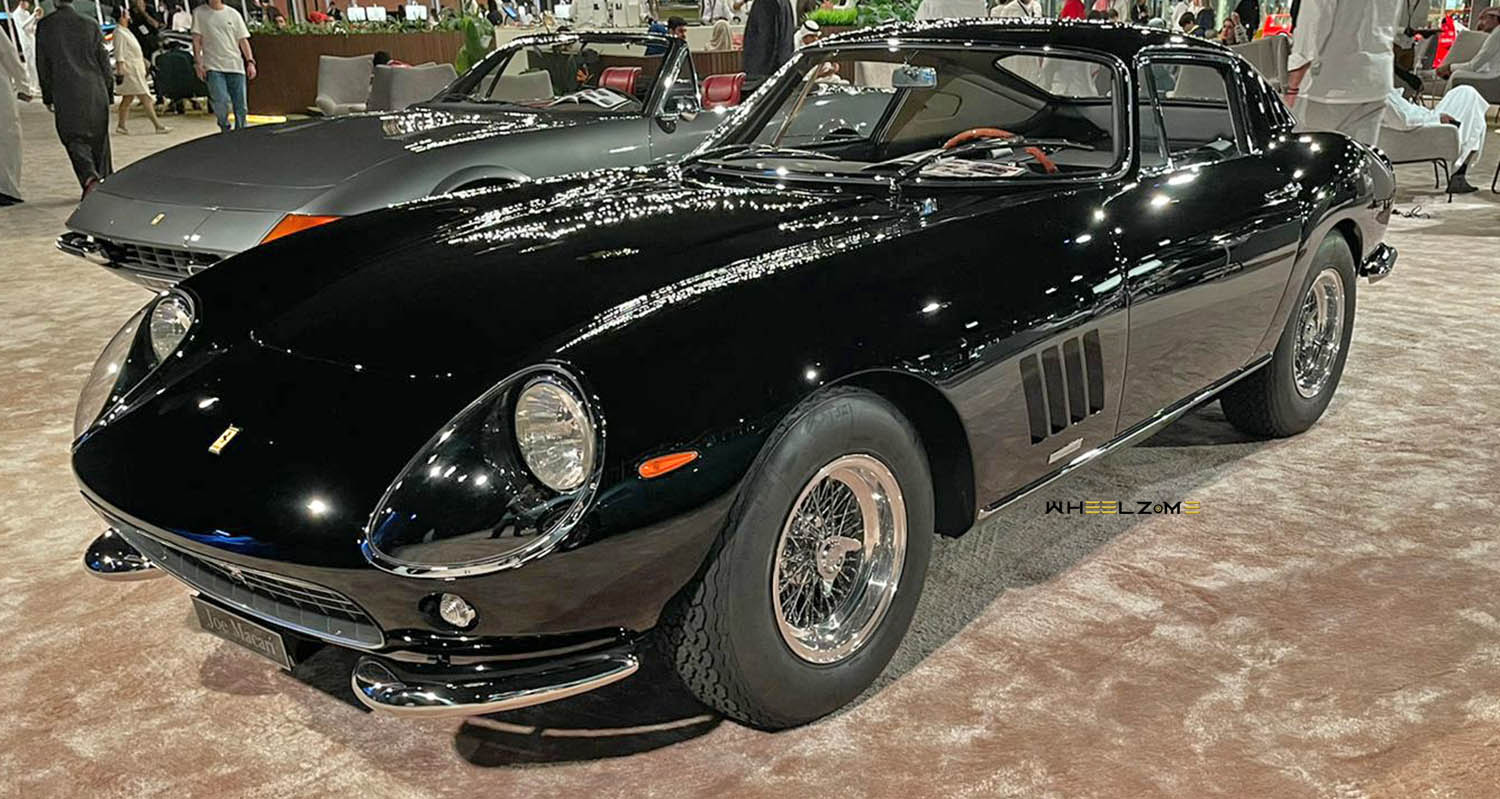
Engineered for the Road
The engine drove through a shaft. This shaft ran at engine speed. It connected to a five-speed transaxle. The transaxle was independently supported. It mounted from the chassis frame. Drive shafts then connected to the independently suspended rear wheels. These had wishbones, coil springs, and hydraulic shock absorbers. Each wheel had its own setup. Initially, the engine had four mounting points. The transaxle had three. Sliding joints were on the drive shaft. These connected the engine and transaxle. However, this proved difficult to maintain. Alignment issues arose. After trials, a final derivation was adopted. This involved twin engine and transaxle mounting points. The drive shaft ran within a solid tube. This connected the two units. This made the engine and transaxle a rigid unit.
Racing Pedigree
Apart from the standard road cars, a small series of client competition examples were built. A trio of special-bodied competition berlinettas also existed. The first series of ten “competition” examples were “short nose” variety. They featured an aluminum body. They also had six carburettors. These received carefully built and balanced engines. They were to racing standards. A larger fuel tank was common. Frequently, an external fuel filler was present. These demonstrate the Ferrari 275’s racing lineage.

Technical Specifications
The Ferrari 275 GTB featured a powerful V12 engine. It was a front, longitudinal 60° V12. Its total displacement was 3285.72cc. The compression ratio stood at 9.2:1. Maximum power reached 206 kW (280 hp) at 7600 rpm. This resulted in 85hp per liter. It used three or six 40 Weber DCN/3 carburettors. Ignition was via a single spark plug per cylinder. Two coils provided the spark. A wet sump system lubricated the engine. The clutch was a single-plate unit.
The chassis comprised tubular steel. Independent front suspension used unequal-length wishbones. It featured coil springs over telescopic shock absorbers. An anti-roll bar was also present. Rear suspension mirrored the front design. It also used independent, unequal-length wishbones. Coil springs over telescopic shock absorbers were installed. An anti-roll bar completed the setup. Disc brakes provided stopping power. A 5-speed plus reverse transmission was fitted. Steering utilized a worm and roller mechanism. The fuel tank capacity was 94 liters. Tyres were 195 or 205 x 14 at both front and rear.
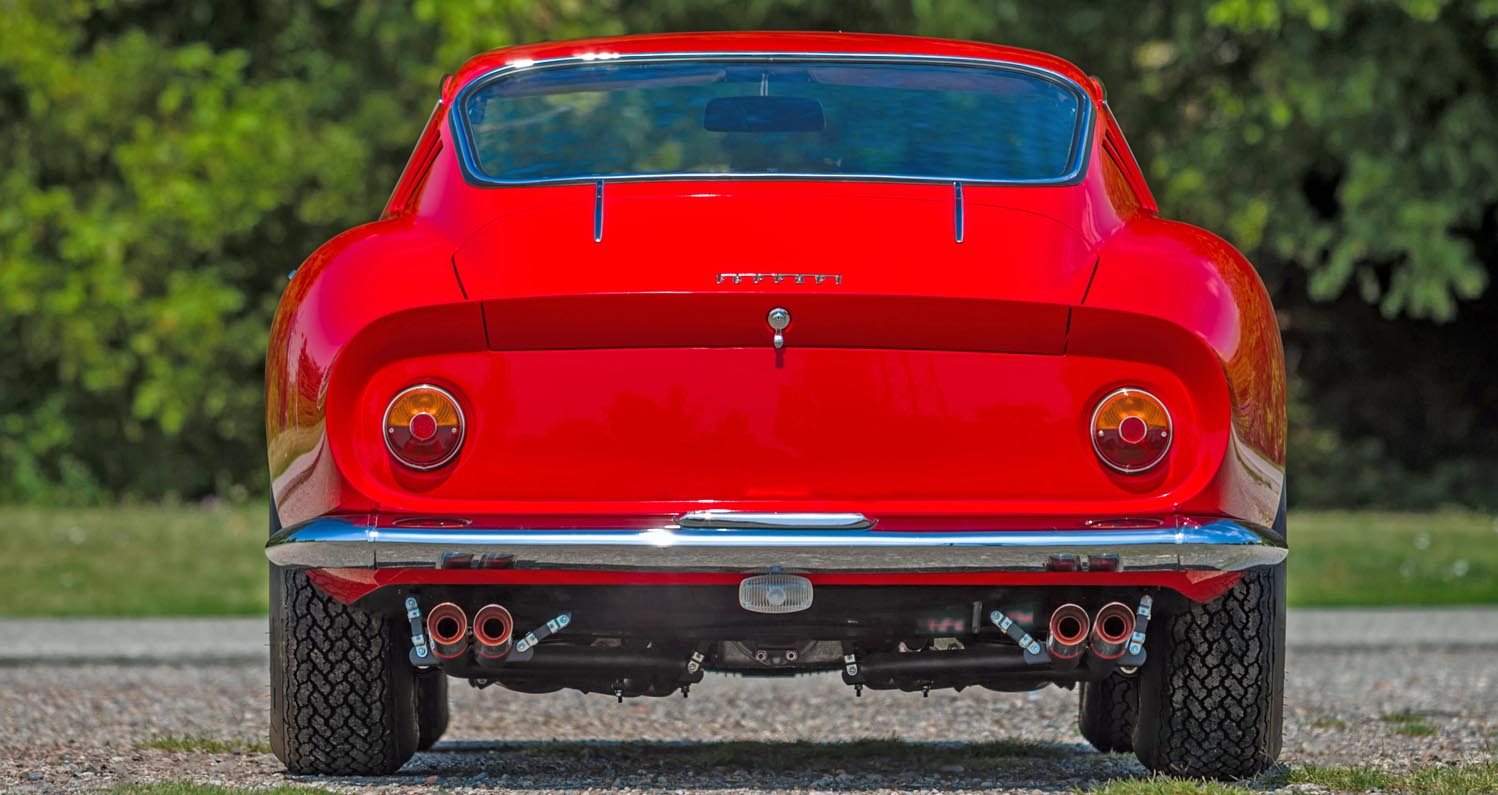
The bodywork was a two-seater berlinetta type. Its length measured 4325mm. Width was 1725mm. Height stood at 1245mm. The wheelbase was 2400mm. Front track measured 1377mm. Rear track was 1393mm. The dry weight of the vehicle was 1100kg. Performance figures were impressive for its era. Top speed reached 258 km/h. Acceleration from 0-100 km/h took 6 seconds.
The Ferrari 275 V12 grand tourer stands as an enduring icon. It successfully blended aggressive aesthetics with groundbreaking engineering. Its legacy continues to resonate with enthusiasts. This series marked a significant evolution for Ferrari. It pioneered new technologies in road car production. The 275 remains a highly coveted classic. Its blend of performance and timeless design secures its place in automotive history.
Disclaimer Vehicle specifications and features are subject to change without prior notice. Always consult official documentation and perform due diligence before making any decisions related to vehicle acquisition or use. Information provided is for general guidance only.
Source: Ferrari
AI Assistance: Gemini
